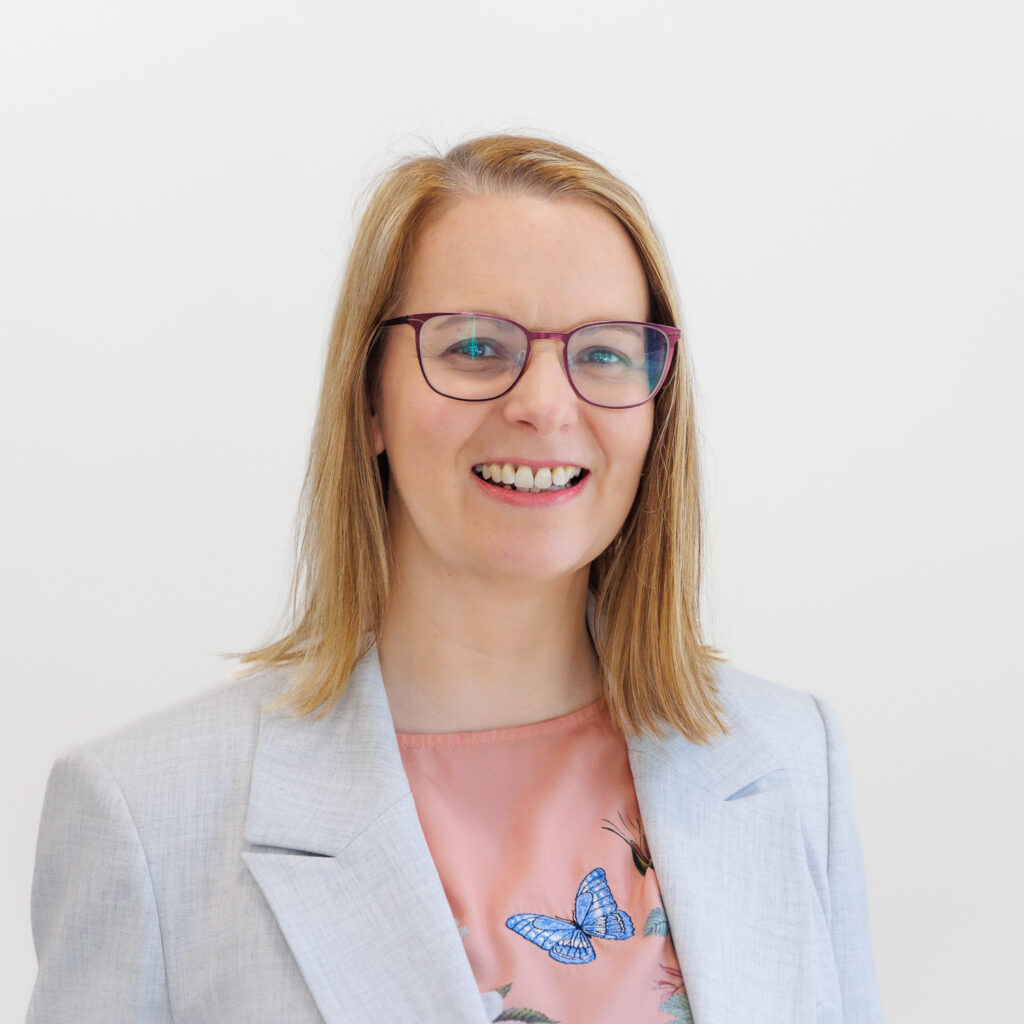5 Ways a CRM Can Transform Donor Engagement

Are you ready to use AI successfully in your business? Find out here
In today’s competitive landscape, nonprofits face significant challenges in donor engagement. Donor retention, converting one-time givers to regular supporters, and maximising donation uplift are just a few of these hurdles. Implementing a robust Customer Relationship Management (CRM) system can help nonprofits tackle these challenges effectively. Below, we explore five ways a CRM can transform donor engagement, backed by expert insights and practical examples.
One of the biggest obstacles nonprofits face is fragmented donor information. Many organisations manage data across multiple systems, such as Excel spreadsheets and outdated databases. This lack of a unified view makes it difficult to understand donor behavior and preferences.
A CRM consolidates donor data into a single system, offering a 360-degree view of each supporter. This enables teams to:
For example, nonprofits transitioning from legacy systems to modern CRMs have reported significant improvements in data management and donor understanding. Equantiis specialises in helping organisations move to CRM solutions that centralise data, making it easier to create seamless donor experiences and enhance engagement. By breaking down data silos, organisations can create a smoother process for both staff and donors.
Furthermore, centralising data reduces administrative overhead. Staff can access donor information quickly, ensuring prompt and informed responses to inquiries, which builds trust and strengthens relationships.
Donors today expect meaningful, tailored interactions. Generic emails and mass appeals often fail to resonate, leading to disengagement.
CRMs enable nonprofits to segment their donor base and deliver personalised communication. Automated workflows can:
Personalisation fosters trust and loyalty. For instance, nonprofits using CRMs can analyse donor preferences to craft messages that highlight causes aligned with individual interests. This strategy not only increases engagement but also boosts donor satisfaction.
In addition, CRMs make it easier to run targeted campaigns. Organisations can use segmentation to focus on specific groups, such as lapsed donors, new supporters, or recurring contributors, ensuring that communication is relevant and impactful. For organisations looking to optimise this process, Equantiis can provide expert guidance on using CRM tools to maximise engagement and customise communication effectively.
Retention and donation uplift remain critical challenges for nonprofits. Encouraging one-time donors to contribute regularly and increasing monthly contributions require strategic planning.
With CRM tools:
For example, nonprofits using CRMs for targeted retention strategies have reported increased monthly contributions and higher donor loyalty. Self-service portals empower donors to take control of their engagement, fostering a sense of ownership and connection to the cause. By leveraging the capabilities of CRMs, Equantiis has helped organisations implement data-driven strategies that nurture long-term donor relationships.
Moreover, CRMs enable nonprofits to analyse trends and identify opportunities for donation uplift. By understanding donor behaviors, organisations can craft strategies that resonate and inspire greater generosity.
Engaging donors through volunteer activities and events can build deeper connections. However, managing these interactions manually can be overwhelming.
CRMs streamline volunteer and event management by:
This level of organisation ensures that donors feel valued and connected to the cause. For instance, a CRM can send personalised reminders about upcoming events, track attendance, and automate thank-you messages post-event, enhancing the overall donor experience. Additionally, Equantiis helps nonprofits set up integrated CRM solutions that make event and volunteer management more efficient, so organisations can focus on what matters most—building relationships with their supporters.
In addition, CRMs help nonprofits manage resources efficiently. Event planning and volunteer coordination become more manageable, reducing stress on staff and ensuring smooth operations.
Automation is a game-changer for nonprofits looking to optimise resources and improve donor experiences.
Automation capabilities in CRMs include:
For example, nonprofits using automated chatbots and workflows report improved donor satisfaction and increased staff productivity. Automation ensures that donors receive timely communication and support, creating a seamless and positive experience. Equantiis helps nonprofits integrate advanced automation tools that free up valuable time for staff, enabling them to focus on strategic initiatives.
Additionally, automation frees up staff to focus on high-value activities. Instead of spending time on manual tasks, teams can dedicate their efforts to strategic initiatives, such as fundraising campaigns or community outreach.
A CRM (Customer Relationship Management) system is a tool that helps nonprofits manage donor data, automate communications, and analyse engagement to improve relationships and fundraising outcomes.
Absolutely. Many CRMs are scalable and offer features tailored to small nonprofits, such as affordable pricing plans and easy-to-use interfaces.
Automation streamlines processes, ensuring timely communication and efficient handling of donor interactions. It saves time and enhances the donor’s experience.
A CRM system is more than just a tool; it’s a strategic asset for nonprofits striving to enhance donor engagement. By centralising data, personalising communication, improving retention, streamlining management, and leveraging automation, CRMs empower organisations to build stronger, lasting relationships with their supporters. Investing in a CRM can help nonprofits not only meet but exceed their fundraising and engagement goals.
With Equantiis, nonprofits can implement CRM systems that align with their specific needs, ultimately driving greater impact and success.